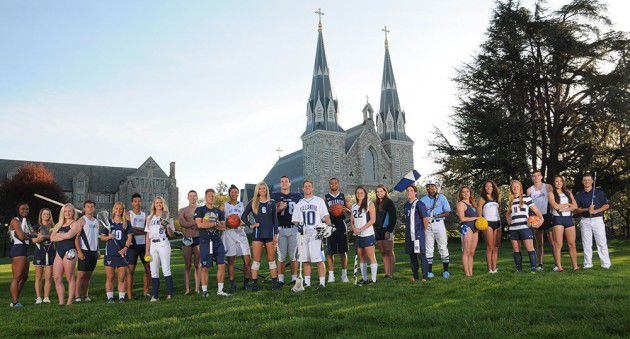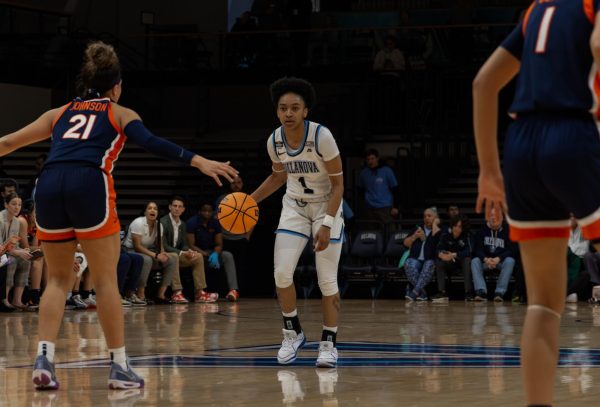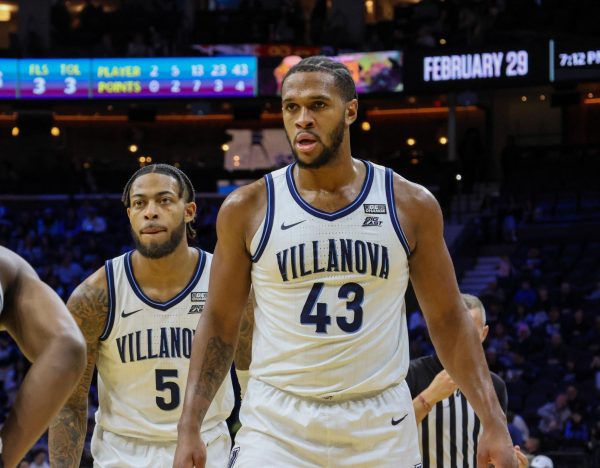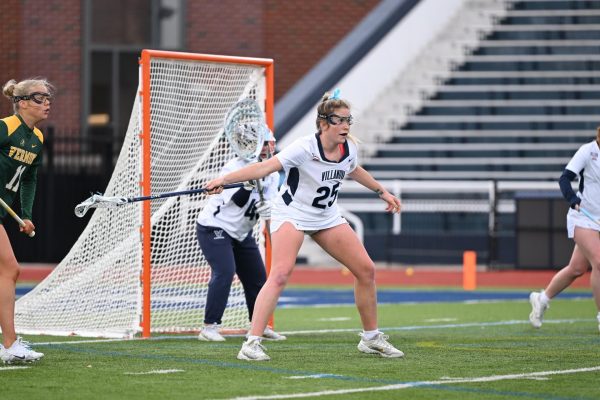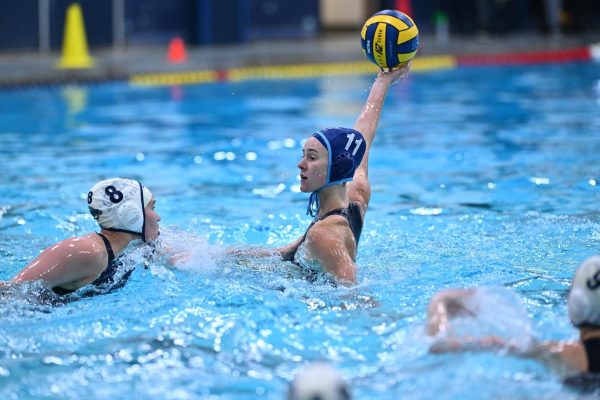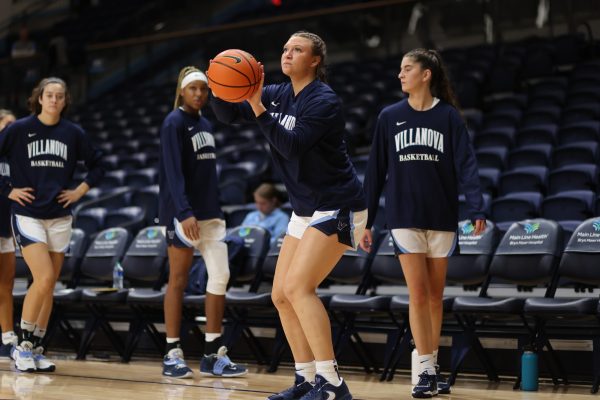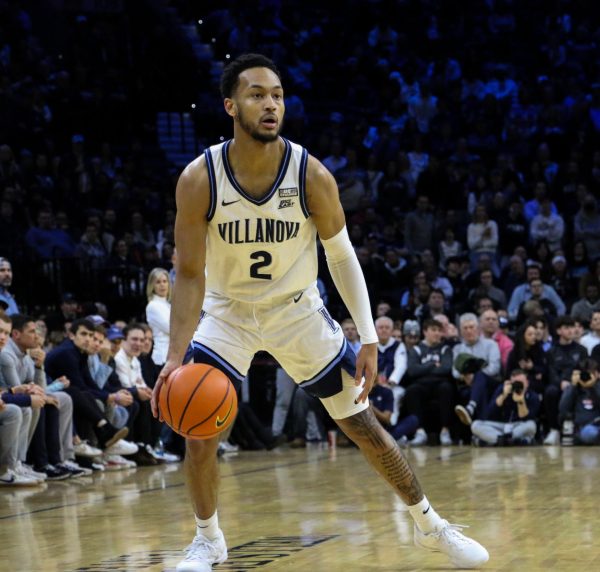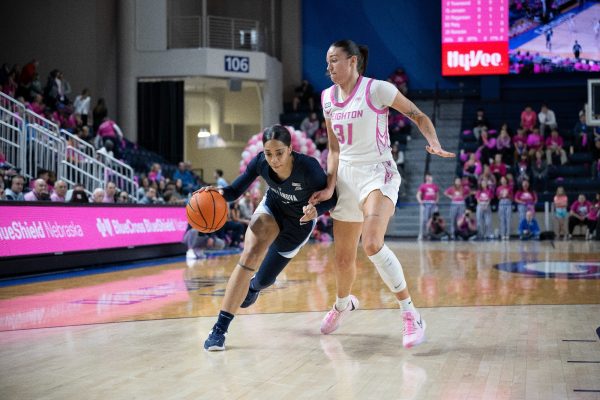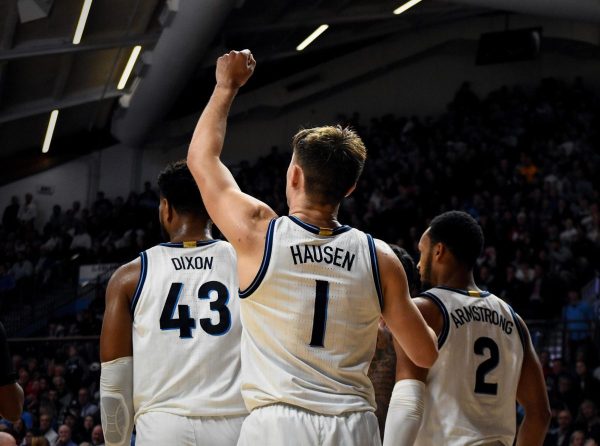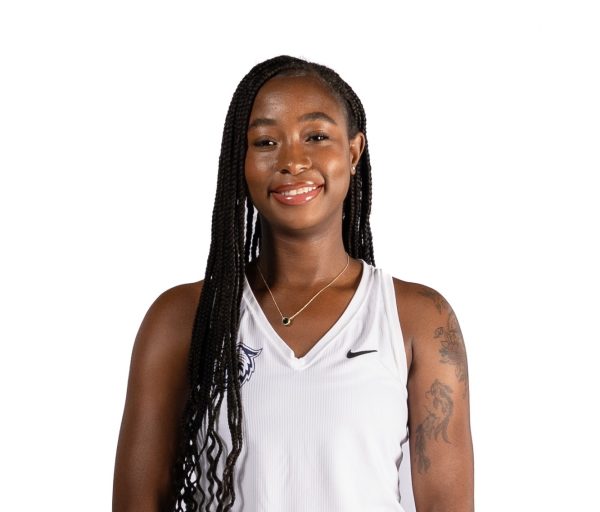Men’s basketball does not pay for other Villanova athletic teams
February 8, 2017

Photo courtesy of villanova.con
A recent Villanovan column reinforced the popular idea that Villanova’s men’s basketball program produces enough revenue to pay for all other intercollegiate sports. While this idea may be popular, it is not true. In fact, there are only about 25 schools in the entire country where intercollegiate sports “pays for itself.” Villanova is not among them. This is neither a good thing nor a bad thing. But it is a thing.
The U.S. Dept. of Education’s Office of Postsecondary Education regularly collects data from universities in accordance with the 1994 Equity in Athletics Disclosure Act (EADA). According to data from last year, Villanova spent about $39.5 million on intercollegiate athletics. This included sports-based scholarships, recruiting, coaches’ compensation, operating expenses, administrative overhead and support staff (such as trainers). Direct gross spending was about $9.5 million for men’s basketball, $6.6 million for football, and $233,000 for women’s water polo (in case you were wondering).
In the same reporting period, the VU’s men’s basketball program generated a bit over $11 million. This revenue came from the Big East TV contract with Fox Sports, ticket/concession sales, and other sources. Football and women’s basketball combined produced about $1 million in revenue. The University also received a little over $6 million not specific to any sport. This included “contributions” by the NCAA to its member schools and certain (but not all) alumni contributions to athletics. It is hard to discern more minute details of these revenue streams from the EADA data’s broad categories. This amount is a little larger than usual because of the men’s basketball team’s 2016 success.
The aggregate math is pretty simple. Villanova’s intercollegiate athletic expenses exceeded its total revenues, not just the revenue from men’s basketball. Men’s basketball does pay for itself, but not much more than that. The roughly $20 million gap between varsity athletics revenue and expenses is covered by general operating funds, including student fees. This is how intercollegiate athletics works in all but two dozen schools.
According to the NCAA, which is quite transparent about these financial matters, Villanova’s varsity athletics budget “shortfall” is larger than the median shortfall in the NCAA Football Championship Subdivision (FCS). Villanova’s athletic revenues are very close to the FCS median while its expenses are far higher. Varsity athletics budget shortfalls in the FCS have increased by 87 percent since 2004. In other words, they have almost doubled. Villanova’s increase is close to that amount.
In contrast, according to 2015 data from the Association of Research Libraries (ARL), Villanova spent about $9.7 million of its operating budget on the library. This approximately 2.5:1 ratio of net athletic spending to library spending is fairly typical of schools like Villanova, according to a preliminary empirical analysis of 60 universities that I recently completed. Additionally, aggregate ARL data show that spending on libraries, as a percentage of operating budgets, has declined steadily over the past ten years. I do not have longitudinal data on Villanova’s library expenditures but would be very interested to see them. Wouldn’t you? In all, this information on libraries provides an interesting juxtaposition to athletics spending during this period. For almost two decades, the Knight Commission on Intercollegiate Athletics has been highlighting this tension between higher education’s curricular and non-curricular programs. Except in a few rare cases, intercollegiate athletics does not pay for itself.
Mind you, I am not arguing that varsity sports should “pay for itself,” perhaps by replacing the student section in The Pavilion with high-price luxury suites, or by eliminating all non-revenue sports. That approach reflects a disquieting “corporatized” view of higher education that reduces the nuanced qualitative intricacies of teaching, learning, research and student life to a set of questionable quantitative metrics. Likewise, neither the library nor the Center for Peace and Justice Education should “pay for itself” by charging $100 per day for an overdue book or a $25 admission fee to attend Tim Horner’s weekly “Global Smackdown.”
On the other hand, the University has limited resources, so priorities have to be set and decisions have to be made. Should we spend less on varsity sports? I don’t know. Should we spend more on the library? Beats me. Do we pay our professors and coaches too little or too much? Great question (and for real information, do an internet search for “Villanova 2014 IRS Form 990,” then look carefully).
No doubt many different individuals and many different stakeholders will have wide-ranging views on these and other topics. How cool is that? In the spirit of Veritas, I would respectfully suggest that any conversations about important policy decisions be grounded in reliable data rather than in popular myths. And watch out for those alternative facts! I look forward to these and other meaningful conversations with members of our community.

